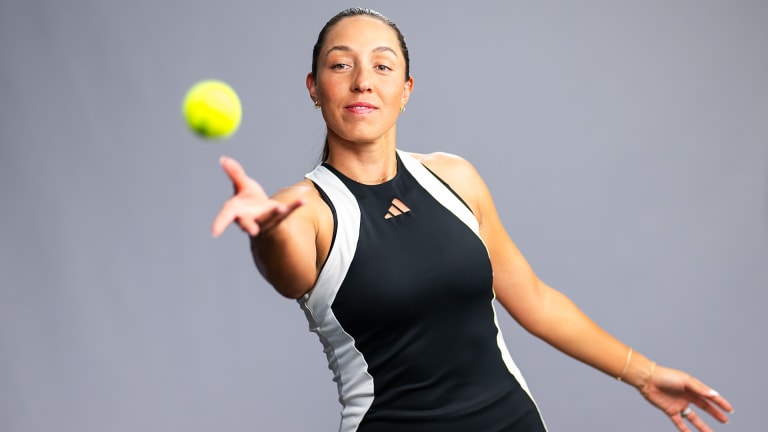Miami, USA
Conditions? Surface? For many players, the balls are the biggest adjustment with Indian Wells and Miami
By Mar 21, 2024Miami, USA
In beating idol Novak Djokovic, Jakub Mensik came of age in Miami
By Mar 31, 2025Miami, USA
Can Jessica Pegula step out of comfort zone on clay?
By Mar 31, 2025Miami, USA
Jakub Mensik, Miami champion, was going to pull out of the tournament an hour before his first match
Mar 31, 2025Miami, USA
Teenager Jakub Mensik denies Novak Djokovic 100th title in Miami Open upset
By Mar 31, 2025Miami, USA
Aryna Sabalenka takes aim at Iga Swiatek's dominance of the European clay season
By Mar 31, 2025Miami, USA
Novak Djokovic vs. Jakub Mensik: Where to watch, and who will win, their Miami Open final
By Mar 30, 2025Miami, USA
Roger Goodell watches on as Aryna Sabalenka defeats Jessica Pegula in Miami final
By Mar 29, 2025Miami, USA
Aryna Sabalenka masters Jessica Pegula again to win Miami Open
By Mar 29, 2025Miami, USA
19-year-old Jakub Mensik to face Novak Djokovic in Miami Open final
By Mar 29, 2025Conditions? Surface? For many players, the balls are the biggest adjustment with Indian Wells and Miami
“To be honest, that part can affect us more than the court change itself,” said Taylor Fritz, while Jessica Pegula says she has gone through "like 20 (string) tensions" in practice.
Published Mar 21, 2024
Advertising

Despite Delray Beach being located just an hour's drive north of Miami, conditions feel like "night and day" for champ Fritz—thanks to the change in balls.
© Getty Images
Advertising

Stan Wawrinka has taken to social media to highlight the issues caused by the ever-changing balls used on tour.
© Getty Images/Instagram Stories
Advertising

Jessica Pegula tosses a ball during a promotional photoshoot—on any given week, it could be manufactured by Penn, Dunlop, Wilson, Head, and more.
© 2024 Robert Prange